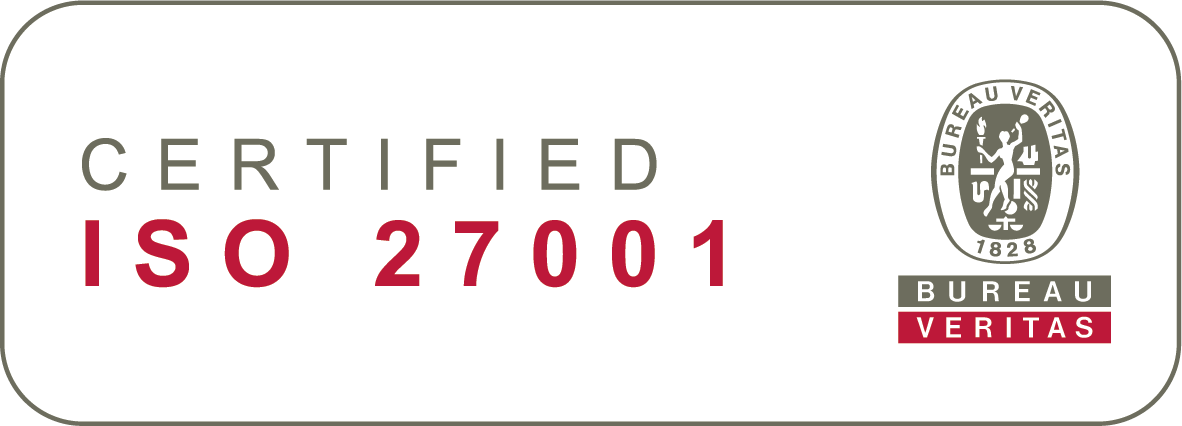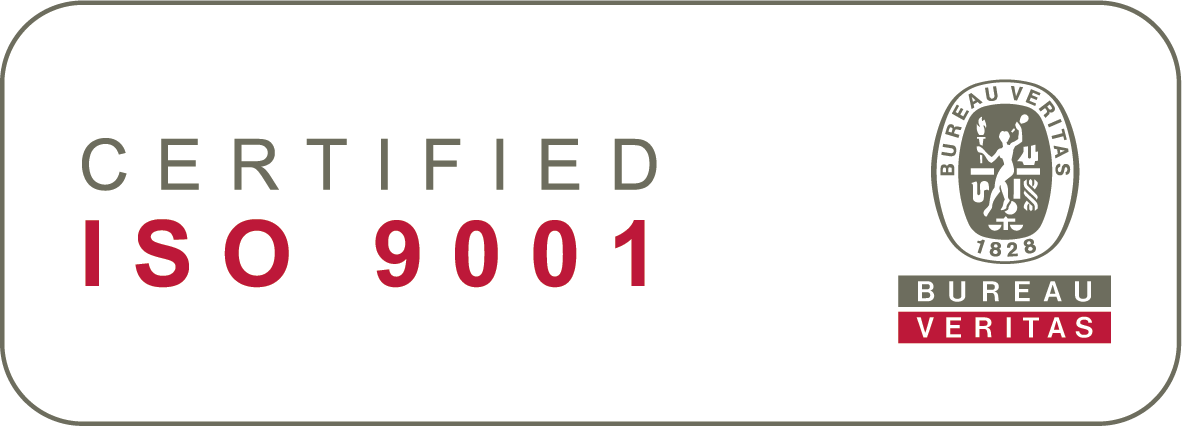4. Successful Communication
New software always presents companies with a big challenge
The introduction of a new HR system always brings changes to an organisation. Effective communication is vital to ensuring a quick and successful system implementation.
We have collected several tips to support your internal communications. These tips will help in order to make the implementation of the system proceed as smoothly as possible. We hope that these tips will prove useful to you and that the integration of Sympa in your organisation will go smoothly!
The introduction of a new information system always brings changes to an organisation. Effective communication is vital to ensuring a quick and successful system implementation.
Why Should You Create a Communication Plan?
Elements of good communications plan
- Communication goals
- Target groups
- Different communication channels
- Schedules, persons responsible, and costs
- Evaluation of communication results
Creating a communication plan is like setting the stage for your successful journey. It’s more than just gathering ideas; it’s about structurally organising, allocating, and prioritising your tasks to make your journey smooth and effective.
One of the key steps on this journey is to identify your audience – that’s your managers, team members, and everyone involved! Each group has its own unique perspective and information needs, and it’s important that you tailor your communication to meet these needs.
It’s super helpful when members from each group affected by the changes play an active role in shaping your communication strategy. Think of them as your ‘change champions’ who can offer invaluable insights for their respective groups. In IT change and implementation journeys, the synergy between HR, IT, and communications is crucial – you need to work and connect effectively to make this a success.
Planning your communication is a fantastic opportunity to foresee and smooth out any potential bumps in the road. Change can be intimidating, and it’s natural for people to wonder about things like adapting to new tools or changes in workload. With thoughtful planning, you can address these concerns proactively.
Your communication plan will also outline the resources – like people, budget, and time – that you’ll need and have at your disposal. It’s all about ensuring that you’re ready to bring your plan to life efficiently and effectively.
Organisation culture and roles
What sort of organisation do you work in? Is it static, dynamic or something in-between? Who are the influencers in your organization? Is change driven by senior management with little or no input from those at the sharp end, or are front-line staff the eyes and ears of the organization?
In all communications, it’s good to be clear about where the impulse for change is coming from and who it will affect. Equally important is to ensure that information flows from those driving change to those affected by it. You might want to also ensure that all change agents (typically supervisors/team leaders) you have recruited are actively involved in the process.
What? Why? When?
When people understand why they’re being asked to do something, or why they are working in a particular way, it helps them engage with and commit to what they are doing.
Answering the question ‘why?’ about the introducing a new system is crucial. It justifies the change and explains why the change is necessary. What is the goal of the change? What, exactly, will happen? Specify clearly what will change and why the changes are being made. It is good to communicate in plain terms what the common goals of implementing the new HR system are in your organisation, and what will change with regard to each person (and why). It can be useful to link the reasons and goals to the bigger picture; organisational strategy, for instance. Common goals could include efficiency, increased transparency, productivity and increased competitiveness, as an example.
People will also need to know ‘when?’ When will the different phases of change take place and when are they likely to affect whom?
During the onboarding, different tone of communications will be needed. At the outset messages can be kept quite general, however as things progress a greater level of detail is likely to become necessary. The details that are relevant to include in communications will depend on which segment of the audience you are addressing.
Various communication channels
When selecting the communication channels to be used, It is good consider your audiences and the style and culture of your organisation. Certain channels are more effective with some audiences than others and at different points during the project timeline. It is a good idea to use more than one medium and also consider the number of different channels to be used at any given point.
Communication style and tactics
When communicating any change, especially one that will directly affect several people, it might be useful to return in mind a few key tips for successful communications:
OPEN Any questions should be answered immediately and in open forums
CONTINUOUS Begin early and continue until the system is in use
INTERACTIVE Sometimes a short video or a few pictures might be better than the best of reports
REACTIVE Ensure the possibility for 2-way communication, and react to any questions coming from your employees
CONSISTENT Consistent with regard to content
MOTIVATING Remember to share successes as they’re chalked up; even small things count!
SNACKABLE Deliver your information in ways that are simple to digest.
IN TIME Make sure that you’re ahead of the curve. Answer likely questions before they arise but not so early that your colleagues are swamped with information
Assessing your communications
Measuring the success of your communication efforts is important but often challenging (it’s not something that delivers the most easily measurable outputs). You can establish indicators at the outset against which to measure your success. If the goal of the process is uptake of the new HR system, ultimately your communications have been successful if uptake is swift and universal across the organisation, i.e. you can measure logins at various points during the process.
If you’re sending out newsletters, you can record the open and/or click rate. Another idea is to survey colleagues to ask them if they’ve found the materials you have provided clear and useful. Communications don’t need to stop with full roll out. You can continue sharing tips and tricks and ensure you have the training materials about the solution ready for any new for future new users.
Things to consider
- Draw up a communication plan: Choose a level and format that are suitable for your organisation. We’ve collected some food for thought above, in case you want to learn more about effective communication.


